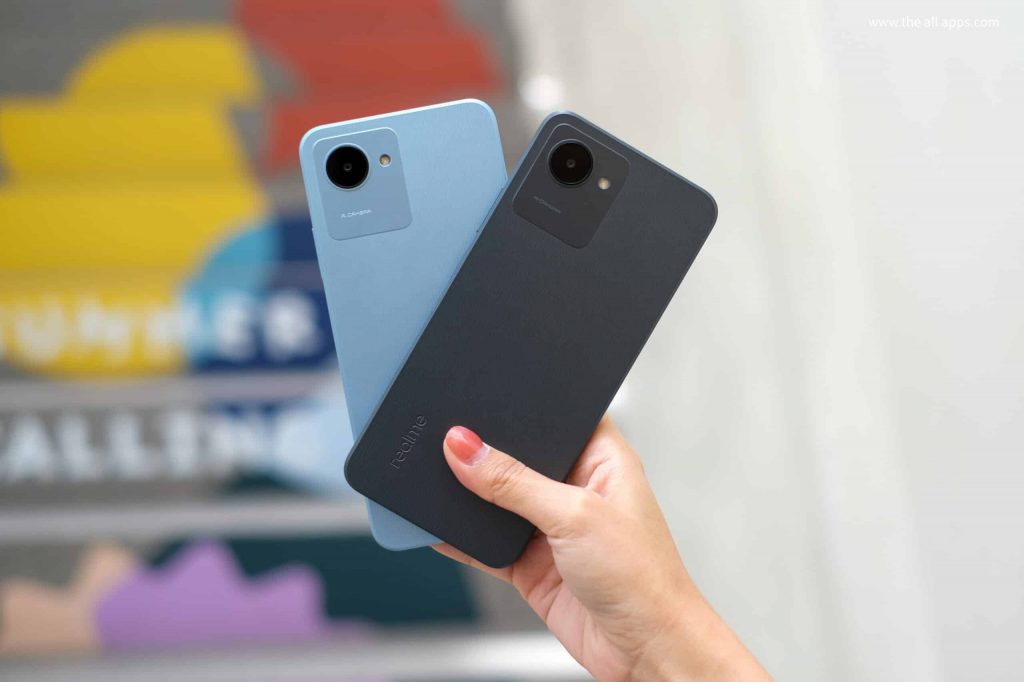Creating an engaging and practical store layout is one of the most important steps in successful retail design. Whether you are running a boutique, gallery, or specialty shop, the key is to highlight your products in a way that is both appealing and accessible. A well-placed display case table is one of the most effective tools for doing just that offering a sleek way to showcase items while also defining the flow of your space.
A Display That Works as Furniture
One of the biggest advantages of a display case table is that it serves two roles at once. It functions as furniture providing a surface and helping define walkways or shopping zones while also acting as a focal point for visual merchandising. This dual purpose is especially valuable in smaller retail environments, where every square foot has to work hard.
Unlike wall-mounted or freestanding cases, display tables invite customers to browse from all sides. This 360-degree accessibility increases dwell time, particularly when the items inside are thoughtfully presented. It is also easier to rotate product groups seasonally or during promotional events, since these tables can be repositioned with minimal effort.

Highlighting Premium Products with Subtlety
Many retailers use glass-topped display tables to house smaller, high-margin products that need extra attention think watches, collectible pins, or fine writing tools. These tables provide a protective barrier without hiding the items from view, striking the perfect balance between visibility and security.
If you are displaying delicate or limited-edition pieces, using a display case table is a great way to create a sense of value. Customers intuitively understand that something behind glass is special, which elevates perceived worth and justifies price points.
Placement Strategy That Enhances Traffic Flow
Beyond what goes inside, where you place your display table matters. Consider putting one near the entrance to grab attention the moment shoppers walk in. Another good strategy is to anchor the center of the store with a display table that draws people deeper into the space.
Used this way, display tables not only highlight products they also direct foot traffic, subtly guiding customers toward new sections or featured collections.
Styling Tips for an Effective Presentation
How you arrange the items within the case affects how customers engage. Use small risers or blocks to vary the height of objects inside the display. Keep it uncluttered and focused three to five items per segment is often ideal. If your case has shelving beneath the glass, use it for backup stock or packaging, but avoid placing anything distracting on top.
Lighting also plays a huge role. If your table does not include built-in lights, position it under a spotlight or use small LED clip-ons to enhance visibility and drama. Soft lighting not only helps highlight the details but also adds a level of sophistication.
Easy to Maintain, Easy to Update
Another benefit of display case tables is their low maintenance. A quick wipe-down with a microfiber cloth keeps them looking sharp, and their open nature makes them simple to update as inventory changes. Regularly rotating the contents encourages customer curiosity and gives your space a fresh feel even between full redesigns.
Incorporating a display case table into your retail environment adds more than just storage it becomes a central feature that enhances flow, highlights key items, and adds polish to your store layout. It is one of those rare pieces that combines form, function, and flexibility all without demanding extra square footage.




